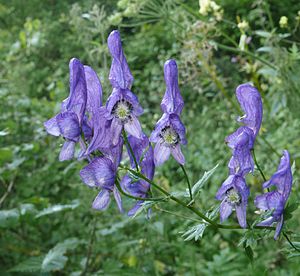Note: This is a project under development. The articles on this wiki are just being initiated and broadly incomplete. You can Help creating new pages.
Difference between revisions of "Template:Featured content Main Page"
(Created page with "thumb|right|''Wild Jack'',''Jungle Jack'' Artocarpus hirsutus - Wild Jack, Jungle Jack - a tree seen in evergreen...") |
|||
| (15 intermediate revisions by 2 users not shown) | |||
| Line 1: | Line 1: | ||
| − | + | <h2 id="mp-tfa-h2" style="margin:0.5em; background:#cef2e0; font-family:inherit; font-size:120%; font-weight:bold; border:1px solid #a3bfb1; color:#000; padding:0.2em 0.4em;">{{#ifexpr:{{formatnum:{{PAGESIZE:Ayurwiki:This week's featured page/{{#time:F}}/3}}|R}}>150|From this week's featured page|Featured page <span style="font-size:85%; font-weight:normal;"></span>}}</h2> | |
| − | + | <div id="mp-tfa" style="padding:0.1em 0.6em;">{{#ifexpr:{{formatnum:{{PAGESIZE:Ayurwiki:Featured Page/{{#time:F}}}}|R}}>150|{{Ayurwiki:Featured Page/{{#time:F}}}}|{{Ayurwiki:Featured Page/{{#time:F|-1 day}}/Week/2}}}}</div> | |
| − | + | <br /> | |
| − | |||
| − | |||
| − | |||
| − | |||
Latest revision as of 10:20, 19 January 2021
From this week's featured page
Aconitum heterophyllum is an Aconite, i.e. it's belongs to genus aconite. This plant grows in Northern hemisphere’s mountainous terrain. Ativisa plant is herbaceous and perennial and is one of the poisonous species used in Indian Ayurvedic medicines.
Uses: Migraines, Headaches, Vomiting, Piles, Burning sensation, Perspiration problems, Burning sensation in the vagina.
Chemical Composition: Atisine, Aconitine, Atisenol, Atidine, Hetisine, Hetisinone, Banzolheteratisine, Histidine, F-dihydroatisine, Heteratisine and Several diterpene alkaloids such aheterophyllin, heterophyllisin, heterophyllidine, and hetidine.
Read more
